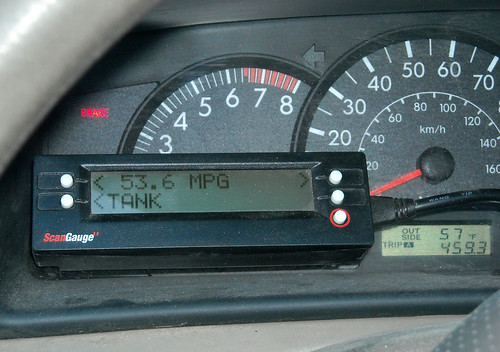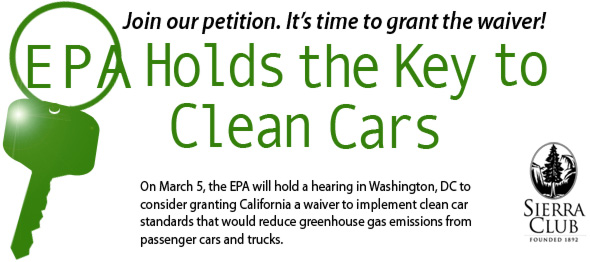Get ready for a little Tuk Tuk! USDOT and EPA approve Tuk Tuk North America’s Mitsubishi-powered three-wheelers
(Source: Autobloggreen)
 Upon returning from a recent trip to Thailand, some friends of mine related experiences of what it’s like to travel on somewhat primitive roads in somewhat primitive vehicles. Disconcerting at first, apparently, but totally acceptable after a few trips prove that it’s (relatively) safe. The vehicles of choice in Thailand, along with a bunch of other far-away locales, are Tuk Tuks, three-wheeled machines that marry the front end of a scooter to the rear end of a passenger car. Soon, you’ll be able to get one in America.
Upon returning from a recent trip to Thailand, some friends of mine related experiences of what it’s like to travel on somewhat primitive roads in somewhat primitive vehicles. Disconcerting at first, apparently, but totally acceptable after a few trips prove that it’s (relatively) safe. The vehicles of choice in Thailand, along with a bunch of other far-away locales, are Tuk Tuks, three-wheeled machines that marry the front end of a scooter to the rear end of a passenger car. Soon, you’ll be able to get one in America.
We just got an email message from Tuk Tuk North America informing us that the company has officially been granted both DOT and EPA approval for its line of Mitsubishi-powered three-wheelers. This means that the Tuk Tuk will be completely road legal here in the United States. We’re not so sure you’d want to drive one cross-crountry (though we understand it’s fully capable of such trips), but as an around-town errand-runner, the little scoots might work out just fine, returning an estimated 55 miles per gallon.







